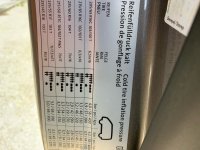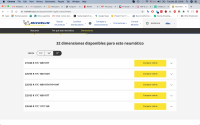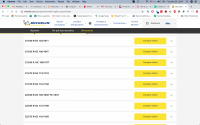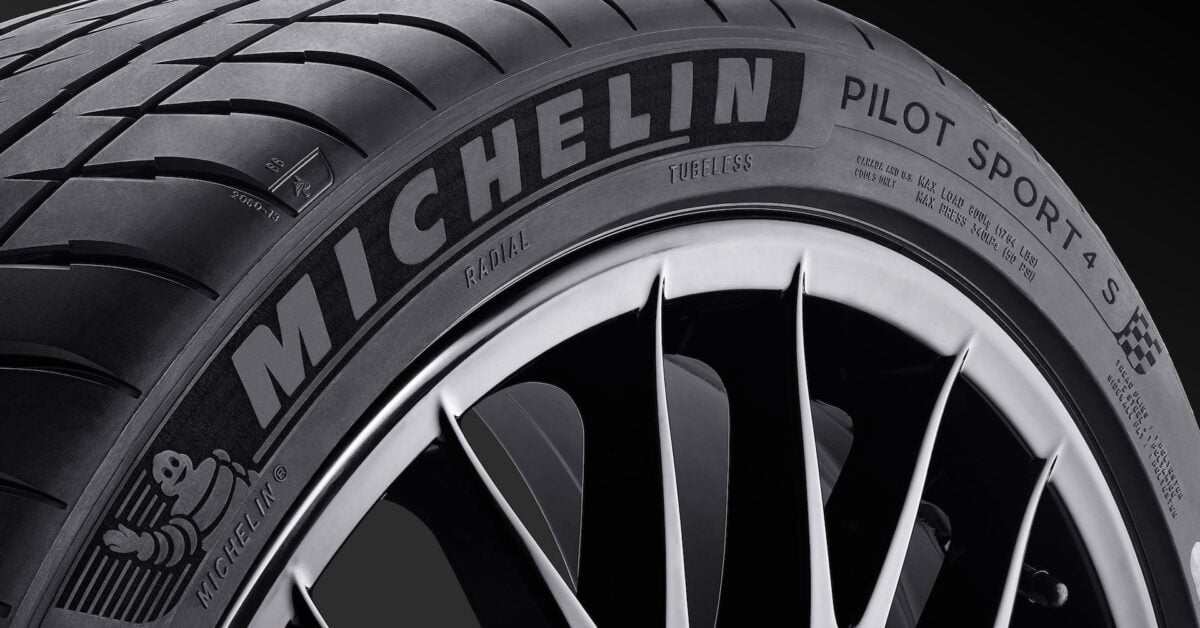B
Barton'sBeach
Hi All,
I've searched the various threads in the forum and can't seem to find a specific answer to my query, so apologies in advance if it's been covered elsewhere.
Basically I'm getting 4 new all season tyres on the Beach I bought back in July. The ones on there aren't great and the front passenger side is wearing badly, so think the tracking needs sorting as well.
I had Crossclimates on my old A6 and loved them, felt very planted. I want to get the same tyres on the Cali, but am a little unsure when it comes to load rating. A lot of the posts on here seem to suggest you should be looking at 103 minimum, however the door sticker seems to suggest 102. Pic attached.
I have the original 16 inch alloys on there, so from the pic I think 215/65 with a 102 load rating would be fine? This is the exact match of the Crossclimate.
I called a tyre place near me yesterday who advised me to steer away from these tyres due to wear, and instead go for the Crossclimate Agilis, which are the more van focused, harder wearing, higher load rating (106 I think) tyre (and my guess is probably also a harsher ride). The problem is going for the Agilis would push the price up by about £100, but main concern is noise. The db value for the Crossclimates is 69, but 73 for the Agilis, and I'd like a quieter tyre.
Anyone got any experience with either before I flip a coin?
Cheers

I've searched the various threads in the forum and can't seem to find a specific answer to my query, so apologies in advance if it's been covered elsewhere.
Basically I'm getting 4 new all season tyres on the Beach I bought back in July. The ones on there aren't great and the front passenger side is wearing badly, so think the tracking needs sorting as well.
I had Crossclimates on my old A6 and loved them, felt very planted. I want to get the same tyres on the Cali, but am a little unsure when it comes to load rating. A lot of the posts on here seem to suggest you should be looking at 103 minimum, however the door sticker seems to suggest 102. Pic attached.
I have the original 16 inch alloys on there, so from the pic I think 215/65 with a 102 load rating would be fine? This is the exact match of the Crossclimate.
I called a tyre place near me yesterday who advised me to steer away from these tyres due to wear, and instead go for the Crossclimate Agilis, which are the more van focused, harder wearing, higher load rating (106 I think) tyre (and my guess is probably also a harsher ride). The problem is going for the Agilis would push the price up by about £100, but main concern is noise. The db value for the Crossclimates is 69, but 73 for the Agilis, and I'd like a quieter tyre.
Anyone got any experience with either before I flip a coin?
Cheers



















